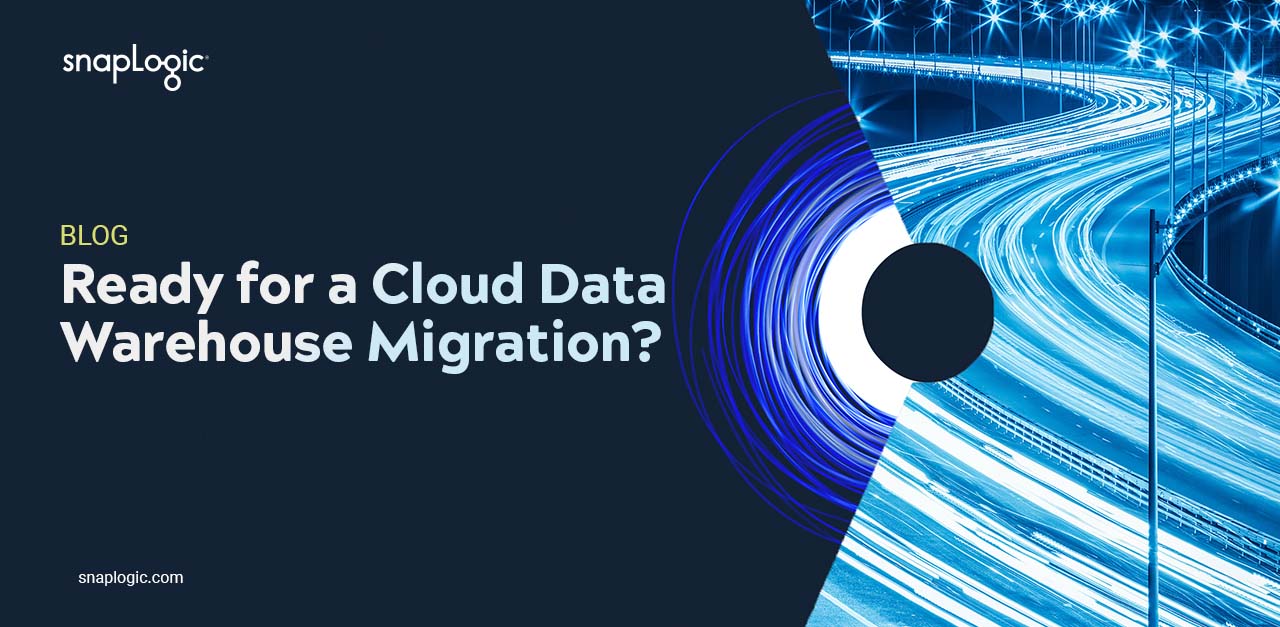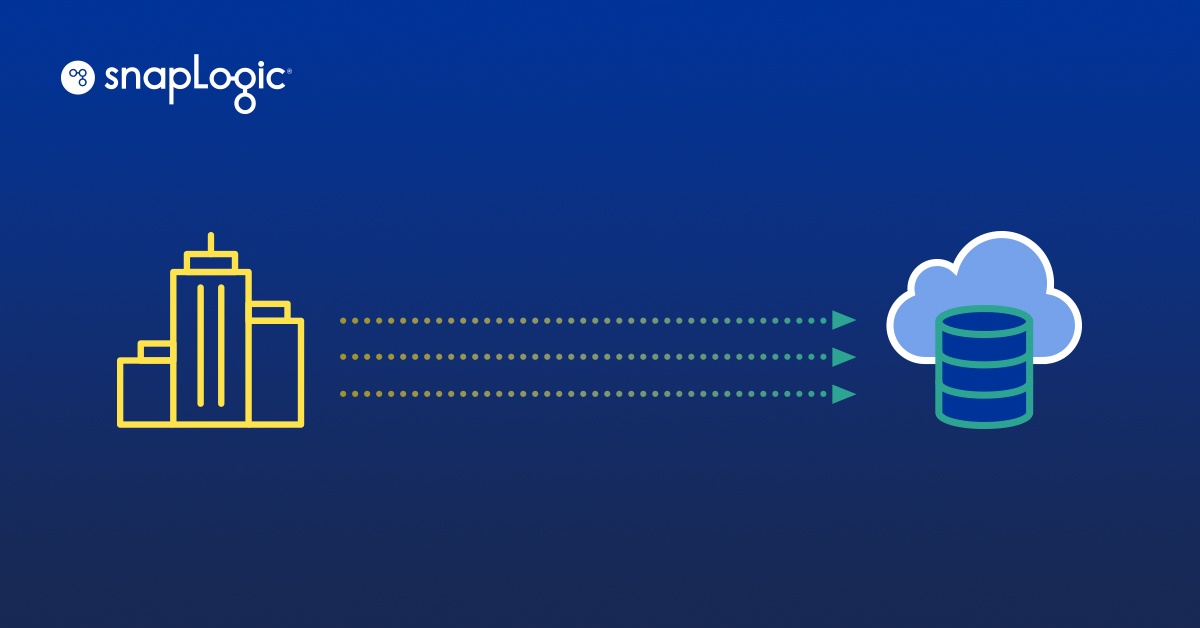Data is the lifeblood of modern organizations. And increasingly, the cloud offers benefits to storing and processing data that traditional on-premises data warehouses cannot offer. As the need for data agility, speed, and powerful real-time analytics has become table stakes, organizations are migrating to cloud data warehousing. This gives them the automation and scalability needed to compete in a data-driven world. But migrating can feel like a daunting task.
If you’re making the use case for doing so, here are some core benefits of cloud data warehousing that will help you win over stakeholders and gain buy-in:
Scalability. The volume of data in a warehouse typically grows at a steady pace as time passes and history is collected. Scalability adapts to growth, adding resources incrementally as data and workload increase.
Elasticity. Cloud elasticity enables the data warehouse to quickly expand and contract data and processing capacity as needed with no impact to infrastructure availability, stability, performance, and security.
Managed Infrastructure. Eliminating the overhead of data center management and operations for the data warehouse frees up resources to focus where value is produced – using the data warehouse to deliver information and insight.
Cost Savings. Operating an on-premises data center is expensive and includes the costs of staffing, servers and hardware, networking, floor space, power, and cooling. Data warehouse operating expense in each of these areas is eliminated or substantially reduced with cloud data warehousing.
Speed of Processing. When timeliness of data matters, cloud elasticity meets the demand for fast processing including data acquisition, changed data detection, data transformation, data cleansing, data integration, data aggregation, etc.
Speed of Deployment. Data warehouse enhancements and modifications are seemingly endless. A continuous flow of projects adds new subject areas, builds new data marts, and adjusts to changing business needs and data sources. Cloud elasticity overcomes these challenges to eliminate project delays and accelerate deployment.
Fault Tolerance and Disaster Recovery. Today’s data warehouses are business critical and many are mission critical. Cloud data warehousing consolidates the entire data warehouse – data, processing, and state – as a single virtual entity. The entire virtual entity can be copied, stored offsite, and made live on another host in a matter of minutes.
Security and Governance. Deploying the data warehouse in a virtual private cloud (VPC) environment inherently adds a level of security. Some cloud data warehouse providers build security and governance capabilities into their architecture with features such as role-based access to data and built in data encryption.
Relational Database Management Systems (RDBMS) in the Cloud. Hadoop and NoSQL databases provide the means to deploy semi-structured, multi-structured, and unstructured data in the cloud. But what about relational data? Today, mainstream cloud data warehousing implements RDBMS in the cloud, putting relational data close to big data and close to cloud analytics.
The benefits to the business — and ultimately, user experience — are significant. Once you have sold leadership on the need for cloud migration, the next step is how do you effectively do so? Planning is key and there are 5 steps that can make migrating to a cloud data warehouse successful and as stress-free as possible.
We’ve outlined these steps for you in our ebook, How to Successfully Migrate Your Cloud Data Warehouse. Download this free guide to learn the important things you need to do to prepare for and execute a cloud data warehouse migration.










